Second Star to the Right is a semi-autobiographical novel about a fourteen year old girl called Leslie who develops an eating disorder. She has longed to be thinner for a while but after she loses weight because of stomach flu she decides to be serious about dieting. She cuts down her breakfast, throws away her lunches and starts avoiding eating at dinner. Leslie also starts to do hundreds of sit ups every single day. She decides that when she reaches her goal weight of 105 pounds, that will be enough, and she will start eating properly again, but by the time she gets down to that weight, the eating disorder has taken hold of her mind and she doesn’t believe that she is thin enough, so she continues to eat less and less. Eventually she becomes too thin to physically function normally and her parents take her to the doctor. She is admitted to hospital, where none of the staff really know how to treat her, but after a short while there her parents find her a place in another hospital. She goes to live there and meets other girls suffering from eating disorders.
The story doesn’t really have a proper ending; Leslie has not recovered by the end of the book. This is a little frustrating but there is an afterword in the edition of the book that I read in which the author explains that the story was partly autobiographical and that she did not start to recover from her own eating disorder until several years after she finished writing it.
I think that the biggest flaw with Second Star To The Right is how dated it feels. The style seems old-fashioned; I don’t think most teenagers talk as Leslie does anymore. Also, nobody in the book knows very much about eating disorders, they’re a new discovery to even the medical world, whereas nowadays teenagers and parents are more likely to have heard of them.
I thought what is really interesting about Second Star To The Right is that Leslie’s eating disorder is tied up with other identity issues. She keeps saying that she isn’t sure whether when she does things that please her and please her mother, if she really did them for herself or for her mother (I realise that’s a really garbled sentence – read it aloud if it’s confusing you! I really struggled to summarise there). She feels like her mother’s enjoyment and pride takes something away from herself. It was really odd, but it suggested to me that perhaps Leslie’s eating disorder had something to do with trying to see herself as a separate individual who could make her own decisions. At the same time, Leslie repeatedly references Peter Pan (which is where the title of the book comes from – the directions to Never Never Land), which is, of course, about a boy who never wants to grow up, though she identifies as Wendy, who becomes a mother figure in the story. Leslie’s middle name is Margolee, after a relative who died during the Holocaust, and she keeps wondering how she as a person is linked with this woman she never met. It’s all really weird, and these ideas are only ever half-formed in Leslie’s mind so it’s difficult to draw any conclusions about what they have to do with Leslie’s anorexia.
I would say that Second Star To The Right was the most ‘issue-led’ out of all the books that I have read for Body Image and Self-Perception month. It’s a story about the progression of one girl’s eating disorder, possibly also about her relationship with her mother, but that’s not really directly addressed. There aren’t subplots or romantic intrigues or family dramas – this is about a character whose entire life has been taken over by the eating disorder. It didn’t take me very long to read Second Star To The Right, it’s quite a short book, but I think that it’s not the kind of book I would read for entertainment, it’s one to read to be informed about the subject.


